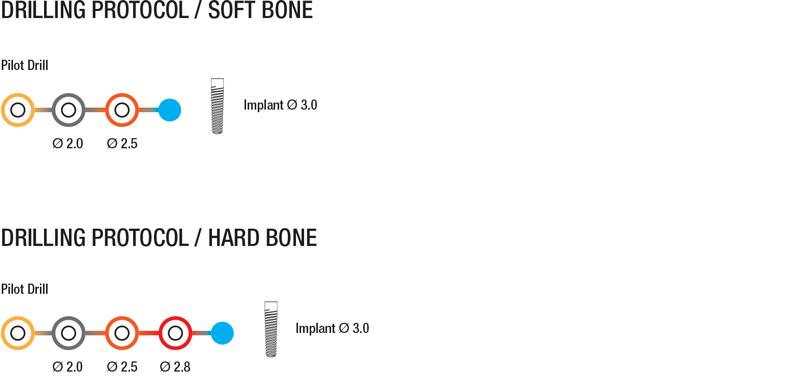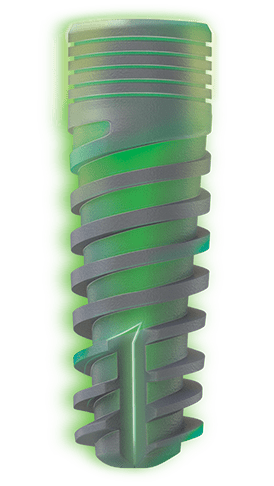DSI offers various sizes of high-quality implant systems with a diameter between 3.0mm and 6.0mm and length between 6.0mm to 16mm. DSI Spiral Premium are tapered internal hex implants, designed due to common dentist demands, to enable easy insertion while supporting excellent initial stability. The variable thread design enables self-tapping, thus providing solutions for a wide variety of bone conditions. Also, it’s available in the Slim (narrow 3.0) platform. DSI Implants multi-design provides an excellent solution for immediate placement and immediate loading. Their new slightly aggressive geometric shape includes dual threads, two spiral channels stemming from the apex, micro rings on the implant neck and a changing thread thickness along with the implant. As a result, soft bone is collected and compressed during the implantation creating a perfectly uniform high-quality platform ready for immediate loading. Platform switching preserves the crestal bone height and soft tissue levels, increasing the quality of outcomes in the treatments. One abutment platform fits all implant diameters. Packaging has been designed for quick identification and easy opening.
At DSI, our objective is to provide safe and high precision dental products and services to the clients.
This is why each product undergoes the strictest quality control measures. We ensure that a high percentage of samples are taken from every batch. Each sample passes a very strict set of tests of cleanliness and conformity thus ensuring minimal rejections afterward. All of our products adhere to the highest international standards. All DSI Implants implants are made of titanium alloy Ti-6Al-4V ELI, in accordance with ASTM-F136-02. All DSI Premium Line implants undergo SLA surface treatment.
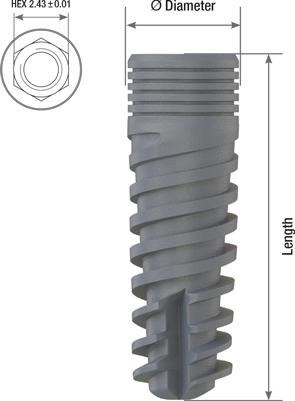
DSI Premium Line Implant Features:
• Platform – switching, root-form design.
• Ideally suited for both immediate loading and traditional 2-stage protocols.
• Internal hex connection accepts the full range of the DSI Prosthetic component.
• Rounded apex with self-tapping threads for optimal surgical flexibility.
• Micro rings on the implant’s neck optimize the shear strengths in the crest zone.
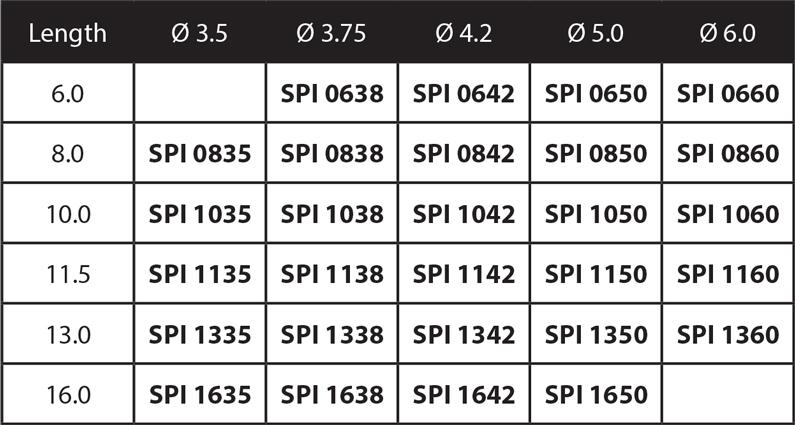
SLA Surface Treatment:
The classic SLA surface, short of «Sand-blast, Large grit, Acid-etch» is based on large aluminum oxide Al2O3 particles sandblasting technique that generates a macro-roughness on the titanium surface. Sandblasting is followed by acid-etching batch at high temperatures. As a result, subtle-sized 2-5 micron micropores appear at the implant surface. This unique macro/micro-topography provides an ideal structure for the cell attachment while reducing the possibility of bacterial colonization. SLA surface treatment technique seemed to be one of the most studied and best documented surfaced in a modern dental implantology. Cell culture tests, histological studies of bone, all confirmed its strong long-term performance, high mechanical stability and a low odds ratio of developing periimplantitis. This makes the SLA a perfect choice for the contact surfaces of the implants. DSI has improved the process, making it hands-free and minimizing the aluminum oxide residuals that may remain on the surface and could significantly impair osseointegration.
Survival rates:
• High and consistent survival rates (over 95% after a five-year follow-up).
Bone Preservation:
• Average bone loss of <1 mm after five years (Based on the implant loading time).
No Peri-Implantitis
• Very low prevalence of peri-implantitis over the 5-year follow-up period.
No aluminum contaminants
• Mean a more successful and accelerated process of osseointegration than ever.

DSI Premium line implant drilling protocol:
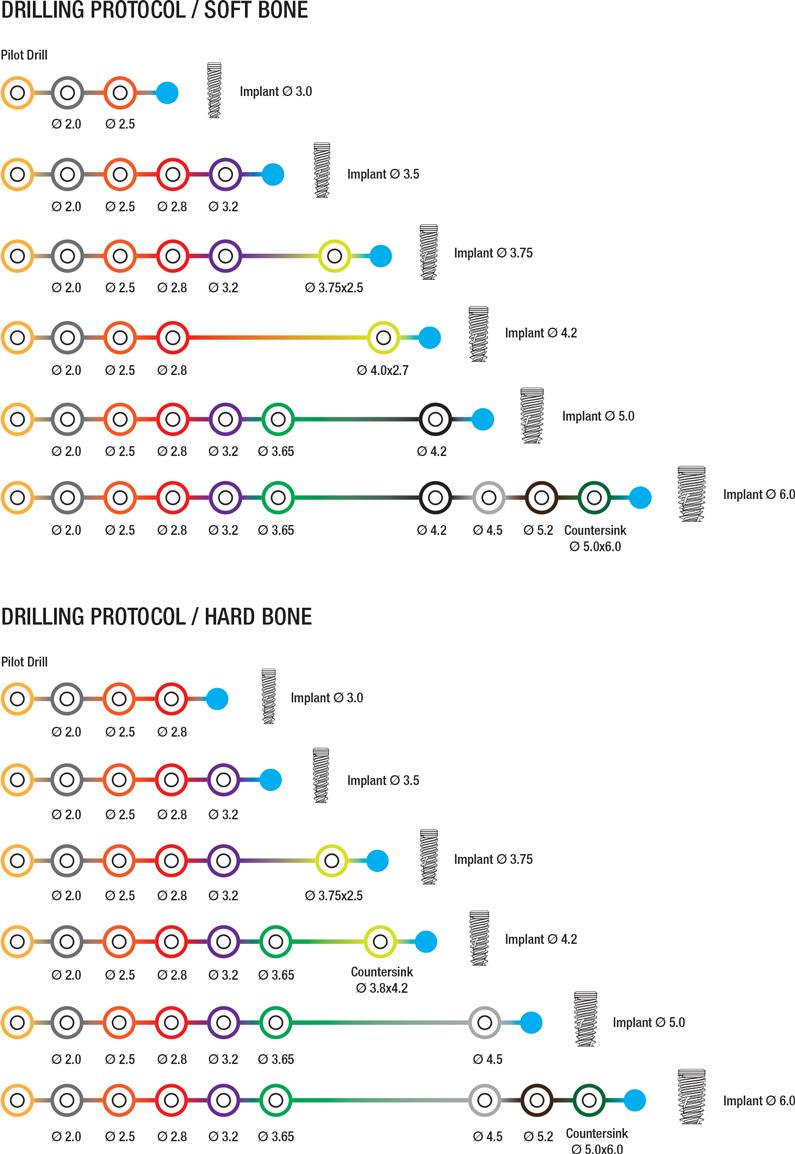

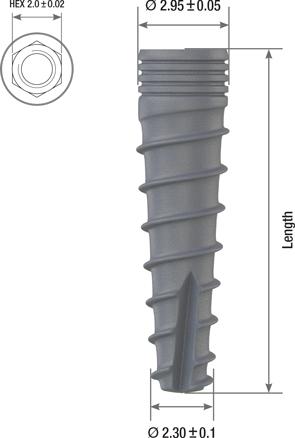
Features:
• A 3.0 mm implant for narrow spaces with no bone augmentation.
• Ideal for the aesthetic zone.
• Thread design offers high initial stability, optimal prosthetic orientation, and minimally invasive insertion.
• Generously dimensioned main body threading provides a larger surface area and better bone engagement despite the slenderness of the implant.
• Platform switching preserves the crestal bone height and soft tissue levels, increasing the quality of outcomes in the treatments.

